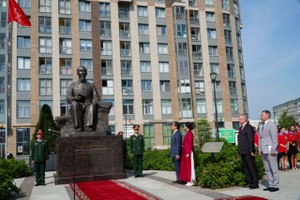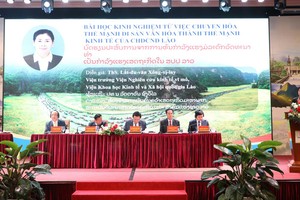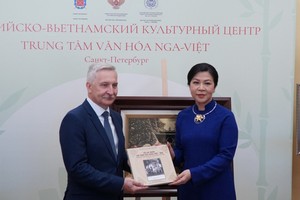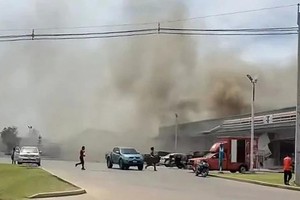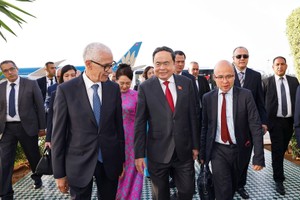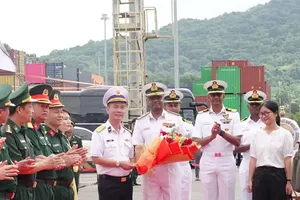COPIAPO, Chile (AFP) – Miners trapped deep in a Chilean mine sent video footage showing them in good spirits as their families filed the first of potentially many lawsuits against the shaft owner.
Excerpts of the 45-minute video showed the men upbeat despite their 21-day ordeal in a hot and dank underground shelter.
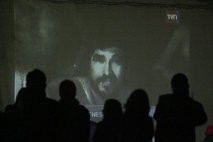
"We've organized everything really well down here," said one of the miners, sporting a scraggly beard and pointing to a corner reserved for medical supplies.
"This is where we entertain ourselves, where we have a meeting every day, where we make plans. This is where we pray," he added in a video aired on Chilean television after it was shown to families of the 33 miners.
About a dozen other miners waved at the mini-camera, which was lowered earlier 700 meters (2,300 feet) below the surface via one of the metal capsules that have been ferrying supplies to them since Sunday.
On Monday, the first brief, shadowy images of a miner's face and some mining lamps were sent from a rudimentary camera initially lowered to the shelter.
San Esteban Mining, the owner of the gold and copper shaft in northern Chile, was ordered Thursday by a local judge to freeze 1.8 million dollars in revenue so that it can pay future compensation to 26 of the families of the trapped miners.
The litigation against the mining company swirled as officials became increasingly concerned about the mental wellbeing of the miners awaiting a months-long rescue.
Experts say the process of digging a rescue shaft to the emergency shelter where the men are holed up will take up to four months to complete.
Some of the men were already exhibiting psychological "problems," Chilean Health Minister Jaime Manalich told CNN.
They were having trouble sleeping and were becoming increasingly anxious and irritable after being cramped in the confined space for so long, he said.
The men have been told that their rescue would take a long time, certainly more than two months, but were not given engineers' estimates that it could be twice that long.
Officials were carefully watching for any negative reaction to the news.
Rescuers also said nine of the men were "too fat" to fit through the 66-centimeter (26-inch) diameter escape shaft that would eventually reach them, according to CNN.
Doctors on the surface were looking at a diet and exercise regime to ensure all would be able to fit through the shaft -- roughly the diameter of a bicycle wheel -- when the time comes.
Work on the escape tunnel was expected to begin on the weekend.
The men survived more than two weeks on meager rations and water dripping into the tunnel before their discovery last Sunday by a drill probe.
Capsules now ferry food and water to them along the probe's tiny hole, which also served as a conduit for an intercom cable to communicate with officials, doctors and waiting family members.
After building back up their strength, they are due to begin daily exercise and a program that includes singing and card games to stay mentally occupied.
Four officials from the US space agency NASA were expected to arrive Sunday or Monday in Chile to help in the rescue operations, Manalich said.
Chile had requested NASA provide experts on long-term isolation in hopes of alleviating the miners' months-long ordeal in their confined quarters.
Chilean President Sebastian Pinera has taken a leading role in overseeing the men's rescue.
Late Tuesday, he heard the men say they were entombed in "hell" and beg him not to abandon them.
"You won't be left alone, nor have you been alone a single moment," Pinera vowed.
The president later told reporters he was determined the men "will be with us for Christmas and New Year."
Government officials who spoke to the newspaper La Tercera said the rescue operation could cost up to 10 million dollars, with half going toward operating the big hydraulic bore that will excavate the rescue shaft to the men.
The family that lodged the first lawsuit over the accident accused the mine owners and government inspectors of criminal negligence by allowing the shaft to reopen in 2008 after a worker accident caused it to be closed in 2007.
"I'm not thinking of monetary compensation. I'm thinking of holding people responsible. Not only the mine's owners but also people who didn't do their job" to check the safety of the mine, said Carolina Narvaez, wife of trapped miner Raul Bustos.
Chile's Congress has also opened an investigation into the accident.


